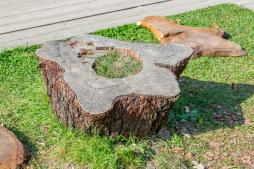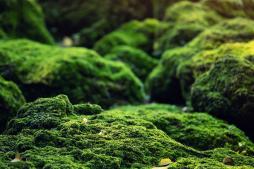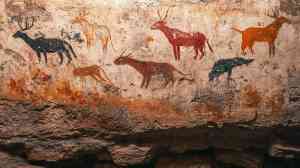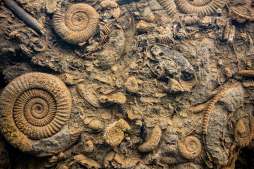Theories on Earth’s Earliest Life: Understanding the Birthplace of Life

The question of where life first arose on Earth is one that has fascinated scientists for centuries. Understanding the birthplace of life not only unravels our origins but also guides the search for life beyond our planet. In this article, we explore the leading scientific theories about where and how Earth’s earliest life forms came into existence.
Primordial Soup Theory
One of the earliest and most well-known hypotheses about life’s origin is the Primordial Soup theory. Proposed in the 1920s by Alexander Oparin and John Haldane, it suggests that life began in a ‘soup’ of organic molecules in Earth’s early oceans. Energy sources such as lightning or ultraviolet radiation could have triggered chemical reactions among these molecules, gradually forming more complex compounds like amino acids—the building blocks of proteins.
Hydrothermal Vent Hypothesis
Another compelling theory proposes that life started deep beneath the ocean near hydrothermal vents. These vents spew mineral-rich, superheated water, creating unique chemical environments ideal for synthesizing organic compounds. The stability and availability of energy from these vents could have provided a nurturing environment for early microbial communities to form and thrive.
Panspermia Hypothesis
Some scientists suggest that life did not originate on Earth at all but was seeded here from elsewhere in space—a concept known as panspermia. This hypothesis posits that microorganisms or biochemical precursors might have traveled via meteorites or comets to Earth, kickstarting biological processes once conditions became favorable.
Clay Mineral Surfaces as Catalysts
Research also highlights the role of clay minerals as potential catalysts for early biochemical reactions. Clays can attract organic molecules onto their surfaces, aligning them in ways that facilitate complex chemical interactions necessary for forming larger biomolecules such as RNA or DNA precursors.
Warm Little Pond Scenario
Charles Darwin famously speculated about a ‘warm little pond’ rich with chemicals where life might have begun. This scenario envisions shallow bodies of water undergoing cycles of drying and wetting that concentrate organic materials and promote polymerization reactions essential for life’s emergence.
While no single theory has been universally accepted yet, ongoing research combining geology, chemistry, and biology continues to shed light on Earth’s earliest days. Understanding where life first arose helps us appreciate our planet’s uniqueness and guides astrobiology efforts looking toward other worlds with similar conditions.
This text was generated using a large language model, and select text has been reviewed and moderated for purposes such as readability.











